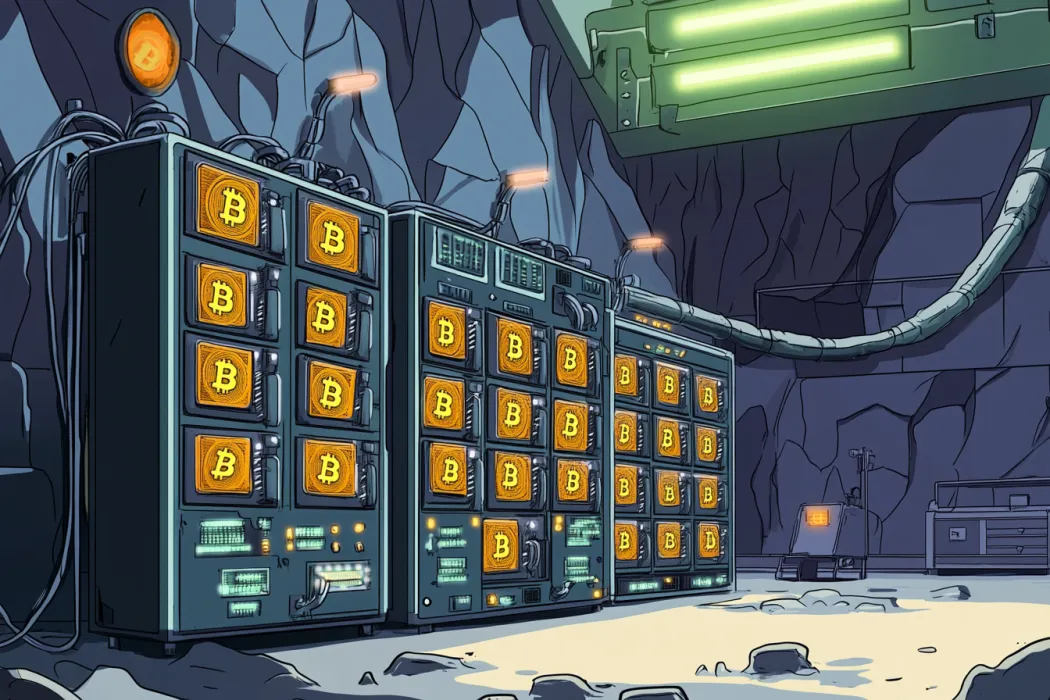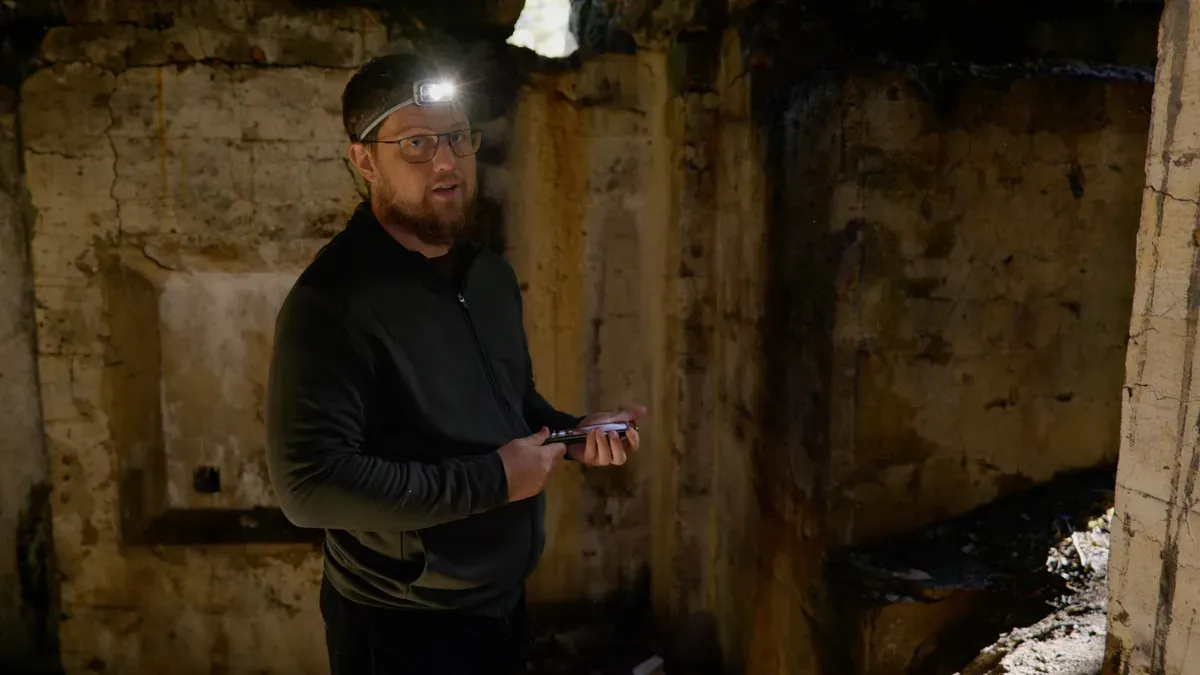Table of Contents
This column explores cryptocurrency markets from the perspective of a somewhat-grizzled trading veteran with a quantitative background and perhaps too much experience doing derivatives janitorial work. Finance is an old industry with a long history of everything from productive innovation to cartoonish fraud. Here we take a grand skeptical tour of a new corner of that world, with two tools that have consistently helped traders for millennia in our steamer trunk: math and knowledge of the past.
The Terra ecosystem and both its native LUNA token and UST stablecoin blew up last week. As with a lot of crypto projects, the design is based in part on game theory. But was it the right game theory? Builders talk about the prisoner’s dilemma and cooperation and community a lot. And these things underpin a wide range of projects.
But the LUNAtics, as Terra’s faithful call themselves, were in fact trapped in a Mexican standoff. This problem is more pervasive than many people realize.
What Was Supposed to Happen
First, let’s quickly review how the UST-LUNA complex worked. The Luna Foundation Guard (LFG) held a mix of assets, which was partially backed by UST. That is, they held some fraction of the total UST outstanding, but not nearly enough to back all the tokens. Anchor, as a component of Terra, paid out high interest – up to 20% APY – on UST to encourage people to stake their tokens. And the backstop, behind the LFG reserves, was to do whatever it takes to maintain UST at US$1. This included unlimited issuance of LUNA.
Read More: Did Do Kwon’s Arrogance Cause Terra’s Downfall?
The logic here is reminiscent of the prisoner’s dilemma. In the canonical example, two people are facing prison time. If both stay silent, they go free. If both confess, they both do some time. And if only one confesses, they go free and the silent prisoner gets a long term.
This feels like UST! If everyone deposits and earns interest, everyone makes money so long as nobody tries to cash out. If you “rat” on your fellow community members by asking for real USD, the system is less safe. It’s a multi-party game and some number of “rats” causes collapse.
We study this game because it has a stable Nash equilibrium but that equilibrium is not Pareto efficient. This means there is a clear dominant strategy for selfish players (always confess) while cooperation enables them to reach a “better” outcome (stay silent).
The connection to UST is clear. As long as the community is strong and nobody withdraws funds, this can continue indefinitely. Game theory of this flavor is the reason community is such a big deal in many crypto projects.
The Whole Community, Robots Included
But what is the community here? Yes, it’s people. But this is DeFi – more broadly, this is finance – and these people have both assets and liabilities. There is leverage in the system. No matter how committed you are to the Terra ecosystem, if you have taken a collateralized loan against LUNA or UST you’ve brought a liquidation engine smart contract into the community. Those guys are cold-blooded. It will “confess” and liquidate your tokens when the price oracle tells it to.
Read More: RIP LUNA – Stablecoin Dies Less Than a Week After TerraUSD Depegs
Where does this leave us? All the people may well want to support the community. But if there is somehow a wobble and the less-human members of the community take over, things get interesting fast. Every leveraged member knows this. Most others probably suspect it.
So we no longer have a classical prisoner’s dilemma. This is one reason the Witness Protection Program will take your family along. Absent protection for one’s family, many prisoners will not confess. Knowledge of automated contingent future actions, some admittedly darker than others, changes behavior today.
Now back to game theory.
What is a Mexican standoff? Every player has a loaded gun pointed at some other player. This is a game where nobody can win. No winning strategy exists. The game continues, with no moves, in a state of tension until some external action perturbs it. As we depend solely on external action to resolve the game, we cannot predict who wins in advance.
This is roughly how Moe resolves perhaps the only Italian-American Mexican standoff in animated history (shown in the video above).
What Actually Happened
The connection to UST should now be clear. The community was fine as long as everyone was locked in. But when the price jumped away from $1 it falls apart. The LUNAtics thought they were organizing a community to defeat the prisoner’s dilemma under intense questioning. But in fact they were trapped in a Mexican Standoff inside an asylum of their own construction.
This problem is endemic in DeFi.
As nearly everyone is hugely leveraged it is difficult to establish a stable “community.” If somehow a token was not eligible as collateral then this problem would not exist. Similarly a non-leveraged product with no token escapes this trap. But an awful lot of DeFi is lending protocols with their own tokens that provide leverage on pretty much anything.
In such an environment claims of “strong community” are near-worthless. Not because the people are untrustworthy. That turns out to be irrelevant. Rather, the issue is that many users profess a honest devotion to a project – they openly call themselves LUNAtics – while simultaneously inviting the most heartless of new members in. Liquidation smart contracts do not have feelings and they do not support projects. They are heartless, emotionless stop-loss execution engines.
And they will always rat out their co-conspirators and leave them holding the bag with a long sentence in a LUNAtic asylum of losses.









